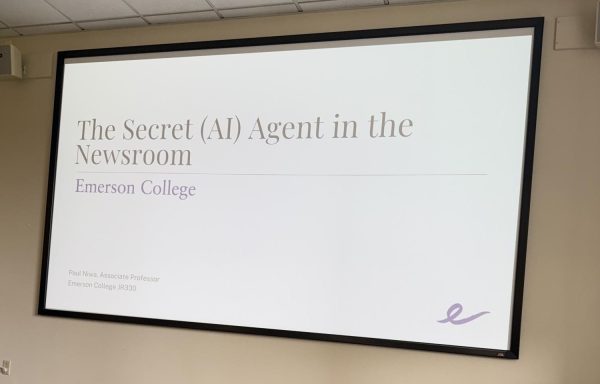Opinion: Should students be forced to stand for the Pledge?
By Desiree Fasulo
OPINION
For a long time, students have come to school and stood while reciting the Pledge of Allegiance, and many have moved on with their day with no real thoughts on the words meant.
Lately, though, some students have become less willing to stand and mindlessly say the pledge. Several students have started to instead sit silently while their peers recite it. This seems like something small to some. . . So what? A few students don’t stand for the Pledge. That’s their choice. But recently, members of some schools’ faculty and administration have addressed this head-on, requesting students to stand and say it or leave the room while others say it.
However, according to Dinsmore, a national law firm: “Students cannot be required to leave the room while other students recite the Pledge, obtain parental approval to be exempt from reciting the Pledge, or explain or justify themselves if they choose not to recite the Pledge.” Therefore, students should be able to feel comfortable deciding whether or not they want to stand and recite the Pledge or not.
In fact, this issue has made it all the way to the Supreme Court. According to Lawyers.com, “As far back as 1943, the U.S. Supreme Court ruled that requiring all public school students to recite the Pledge of Allegiance was a violation of their First Amendment rights because free speech includes the right not to speak against your beliefs and as the Court made clear more than 20 years later, public schools must also respect students right to express their opinions through actions as long as they aren’t being too disruptive.”
So, while teachers of previous generations may have grown up reciting the Pledge without a second thought, they cannot force individuals of this generation of students to do the same.
Desiree Fasulo is a junior in the class of 2025 at Oakmont Regional High School. This is her second year being a part of The Oakmonitor. Along with being...







